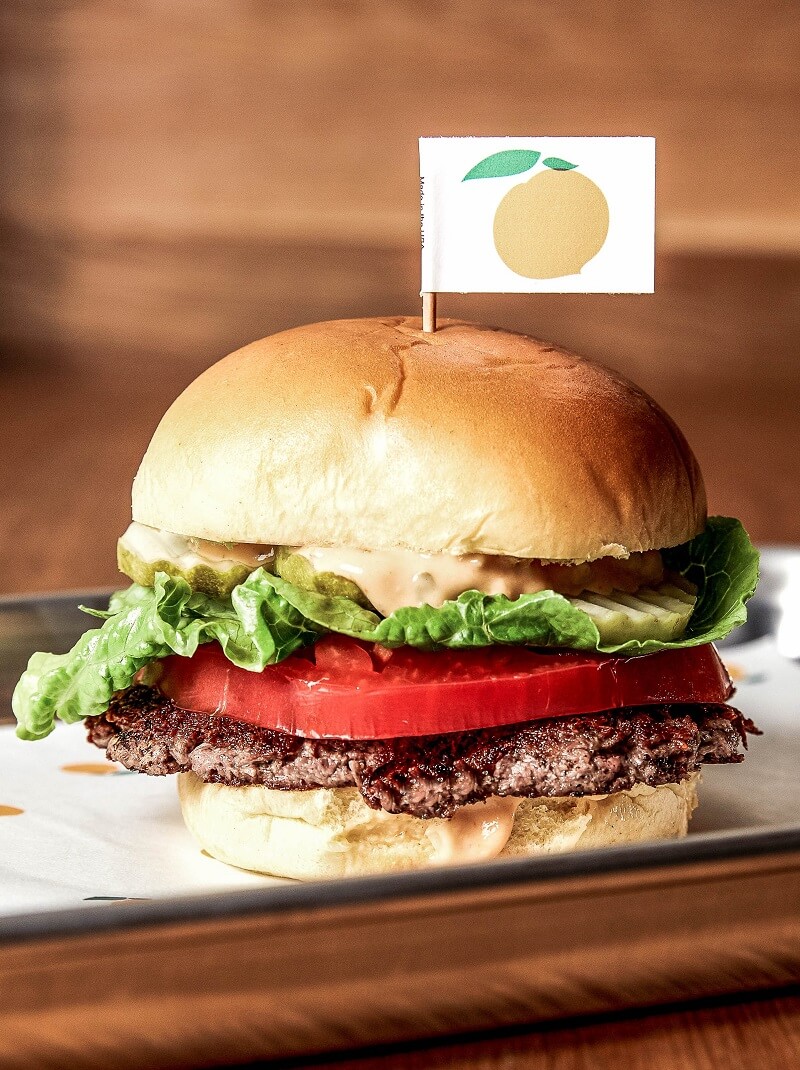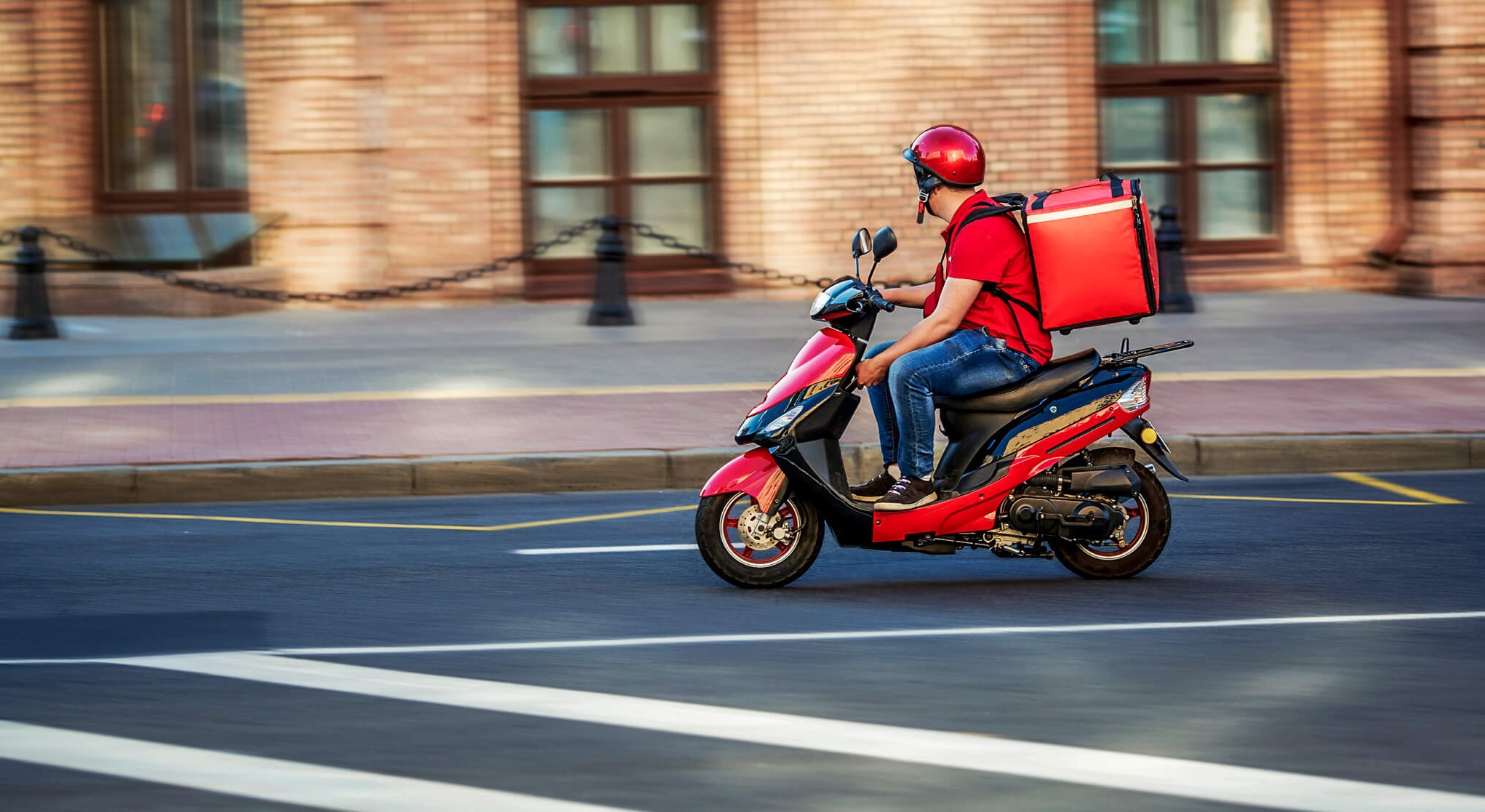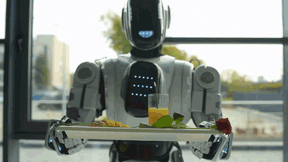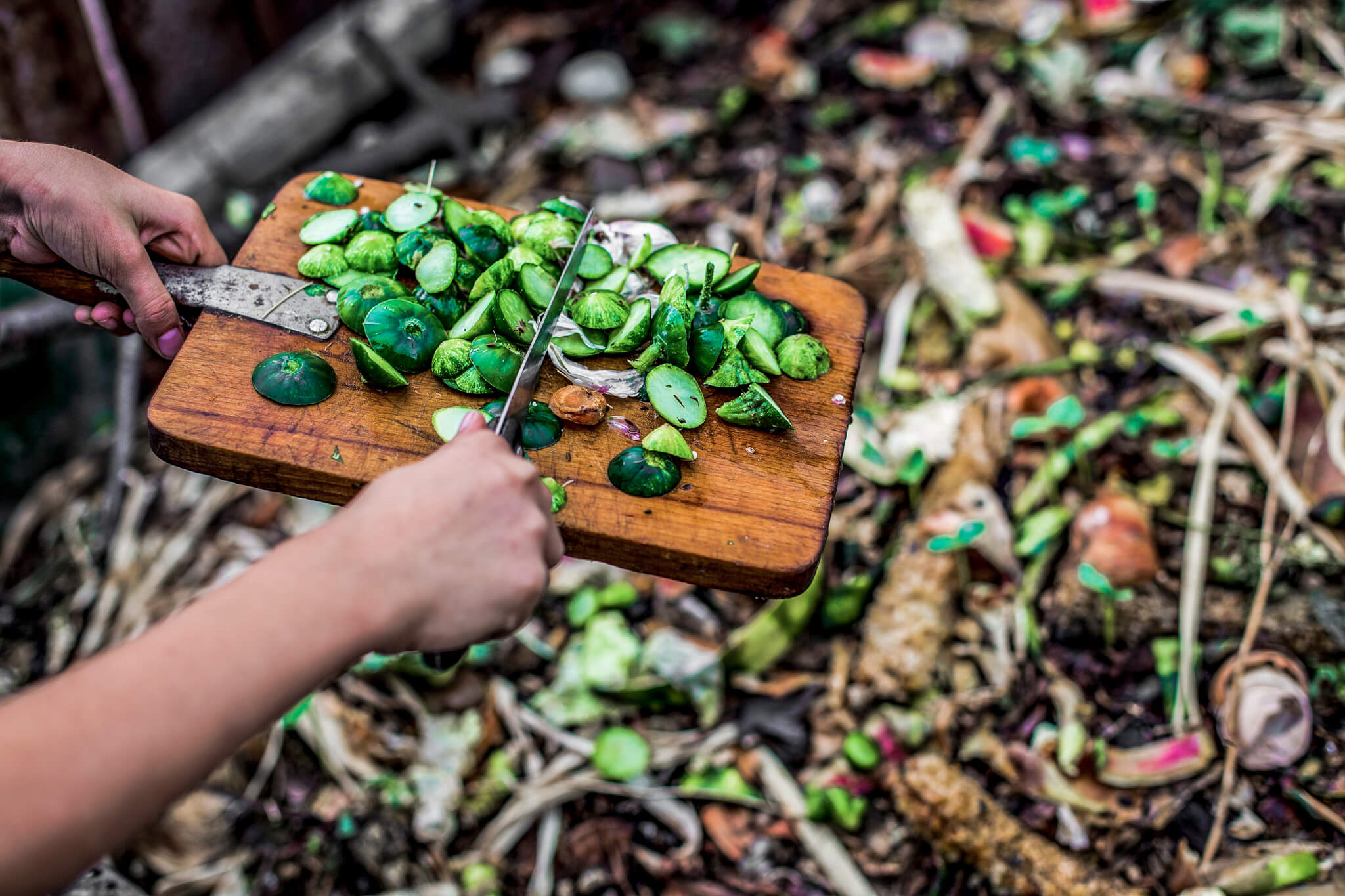As a New Year dawns, it’s traditional for lists to appear on future trends that may develop in the year ahead. Looking back at last year’s lists gives no inkling of the unexpected event that drove a coach and horses through the musings and intelligent guesswork of industry experts. This list is a look at 10 pervasive and, in many instances ongoing, trends to take operators forward in a world still impacted by Covid-19.
1) Plant-based food
According to the Plant Based Foods Association, the plant-based foods market grew by 11.4% in 2019, compared to the retail food market growing by 2.2%. The Covid-19 pandemic and the subsequent concern for better health, is likely to have accelerated an already fast-developing trend – in the US, the plant-based meat industry saw sales surge 264% in the nine weeks to May 2, according to Bloomberg.
The bar has been raised for these products, no operator can get away with serving products that are not up the expected standards, particularly in products such as burgers where an increasing number of companies are attempting to come up with the best plant-based version. As foodservice consultant Bettina von Massenbach FCSI of Oyster Hospitality Management in Munich, Germany, points out: “Corona spikes happened at big slaughterhouses, therefore meat has a dirty and cheap image. [Many] consumers don’t want to support this industry any longer.”

Plant based meat / Image: Impossible Foods
2) Virtual restaurants
In August 2019 The New York Times reported on the convenience for operators of running a restaurant without having to rent a space or hire serving staff and – in parallel – the convenience for customers of having food delivered to their door at the touch of an app. Alex Canter, who runs Canter’s Deli in Los Angeles and a start-up that helps restaurants streamline delivery app orders onto one device said: “Online ordering is not a necessary evil. It’s the most exciting opportunity in the restaurant industry today. If you don’t use delivery apps, you don’t exist.”
“Ordering food for delivery has become the new experience,” says Karen Malody FCSI, owner of a foodservice consultancy, Culinary Options, based in Portland, Oregon. “Where we used to go out and find joy in a restaurant, we now seek that relief within our own four walls but with someone having cooked for us.”

Image: AdobeStock | Tricky Shark
3) Ghost kitchens
The incredible growth of dark – or ghost – kitchens, is likely to continue due to the uptick in the delivery model. As Ian Hanlon, director at Coverpoint Foodservice Consulting and formerly with JLL, points out: “There are in excess of 700 dark kitchens in the UK, but this is dwarfed by the estimated 7,500+ units in China according to Euromonitor. Indeed, the growth of the market, according to the same source, is forecast to reach €1 trillion by 2030 on a global basis.”
However, consultant Joseph Schumaker FCSI, CEO of Foodspace, adds a word of caution. “With so many restaurants quickly pivoting to a delivery model, new ghost kitchen concepts are struggling to gain market share and a foothold in the communities they are trying to serve.”
4) Use of robotics
“The restaurant industry is extremely labor intensive. One out of every 10 people working in America pre-pandemic worked in the restaurant industry, so the industry has had a disproportionately larger drop in employment than national employment,” says Hudson Riehle, senior vice president of the National Restaurant Association’s Research and Knowledge Group.
In her study, “How to Build a Better Robot for Quick Service Restaurants,” published in the Journal of Hospitality and Tourism Research, Dina Marie Zemke, an associate professor at Ball State University in Muncie, Indiana in the US, found: “Participants felt that the incorporation of robotic technology is a question of when, rather than a question of if.”
Although the cost of robotic equipment is decreasing it still represents a large capital outlay. However, as Zemke points out many industrial service robots, such as robotic vacuums and robotic assembly arms, are leased. “If taxes, particularly payroll taxes, increase, then robotics will make more sense. An increase in the minimum wage will also increase the feasibility of robotics,” says Zemke.

Image: AdobeStock | zinkevych
5) Reduced menus
Due to the necessity of maintaining social distancing many outlets have fewer staff in the kitchen. As a consequence of that operators may have to offer a reduced menu. This also is a way to keep overheads in check. As von Massenbach explains: “A limited menu is another way to reduce outlay as food costs are easier to maintain. Also, for guests a smaller menu indicates more freshness.”
“Some operators will be looking at maintaining their staffing levels, but with staggered periods so three line-cooks, as an example, will not be on the same shift,” says Ed Bernard FFCSI, vice president of Cini-Little International in Toronto. “Another element will be a review of menus. This reduces preparation of multiple items and having multiple staff at work at the same time.”
6) A laser-focus on hygiene
Restaurants were already “the most highly regulated industry”, says Larry Lynch, senior vice president of certification and operations for the National Restaurant Association. In the US the Food Code, developed by the Food and Drug Administration, provides specific safety measures for food safety, employee health and personal hygiene, and cleaning and sanitizing. Restaurants have stepped up those measures and this will continue as dining rooms reopen, he says.
In a whitepaper, produced for FCSI The Americas, Canada-based design consultant Ed Bernard states that kitchen design will need to meet even more stringent health and safety measures in the future. “Equipment in general must be designed to address a post-Covid era,” he says.

Image: AdobeStock | imray
7) Food waste
When London was put into Tier three’s stricter measure to combat the spread of Covid-19 with only two days’ notice a howl of protest went up from foodservice operators. Thomasina Miers, co-founder of the Wahaca restaurant chain, said: “Much as I love the constant resilience of the hospitality sector I can’t help feeling if more of our politicians got proper jobs before starting political careers they may have given restaurants/pubs more notice to wind down stock and empty fridges before being shut down.”
The measures have upset a trend by operators to reduce food waste, for both cost and environmental reasons. In China president Xi Jinping’s call to cut “shameful” food waste. Home to 1.4 billion people, China is the world’s second largest producer of municipal solid waste (MSW), the majority of which is food waste. While China’s battle with MSW is only beginning, increasing government-led initiatives alongside forward-thinking foodservice operators and social organizations pushing for change, should mean hope for a cleaner future.
8) A more sustainable future
In the US National Restaurant Association’s Restaurant Industry 2030 Report published last year – featuring analysis of the key technology, demographic, health, communication, consumer and workforce trends set to impact US restaurants in the forthcoming decade – sustainability was the ninth ‘Sure Thing’. “Sustainability isn’t just a buzzword, particularly for younger restaurant patrons,” says Riehle. “This will remain an intrinsic trend going forward. The challenge for operators is the rapid increase in demand for portability of products. So, the demand for packaging options is still gearing up. Sustainability is an attitude that permeates how different demographic cohorts use restaurants in their daily lifestyle.”
The foodservice giants are savvy enough to realize that adopting sustainable operating procedures (and telling the world about them), is an investment in their own future. Pillaging the planet’s resources or contributing to climate change when your current and future customers care deeply about the ethics of environmentalism is a short-term approach.
9) Contactless technology
According to Riehle consumers are receptive to using technology in their restaurant visit. “The pandemic has amplified the importance of having digital means for ordering and communicating and integrating loyalty systems and presenting menus.”
Contactless systems allow diners in restaurants to browse menus, order food, and pay from their table, which can help reduce labor costs and speed up waiting times in restaurants. In a pandemic they are also seen as more hygienic. An integrated contactless system can help to remove human error and be more energy and resource efficient as menu changes can be implemented without the need to reprint paper menus.
Contactless can serve multiple functions, says Jay Bandy, president of Goliath Consulting Group in Georgia, US, including “enabling the consumer to use their own device to place their order, browse the menu or look up the wine list and in chef-driven restaurants where you have ingredients that folks don’t know, it’s a great way for them to get information. It streamlines the process because that’s integrated with the POS.”
10) Low-to-no alcohol
Since the Covid-19 crisis Alistair Minty, food and beverage director at Andaz Tokyo, began offering seasonal fruit-based spirit-free tipples at its swanky Rooftop Bar in response to requests from guests. He has noticed a 10-20% shift away from alcohol consumption, particularly during lunchtime. “People are being more cautious about taking care of their health,” he observes.
Brandon Kua, principle consultant with Kitchen Inc in Malaysia, points out, pandemic-induced restrictions on the sale of alcohol across southeast Asia have been devastating for bars and restaurants. Developing a strong zero-proof beverage program is smart for business. “If we are to anticipate these kinds of changes, then non-alcoholic drinks could be a solution,” he says.
Data from Global Market Insights indicates that the low- and no-alcohol beverage market in the Asia-Pacific region alone is poised to grow more than 7% in the next five years.
















